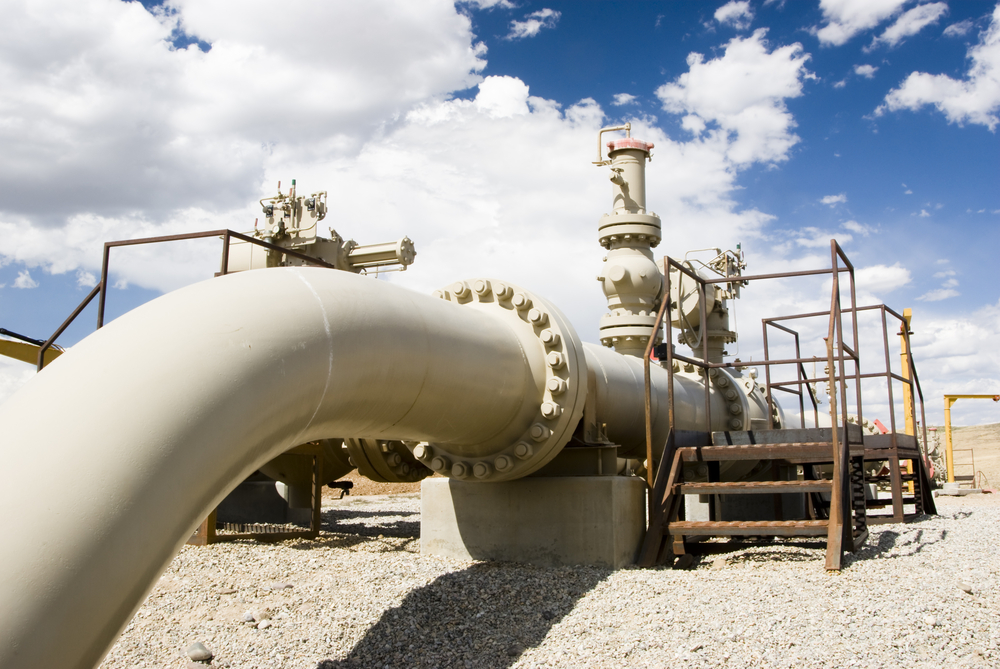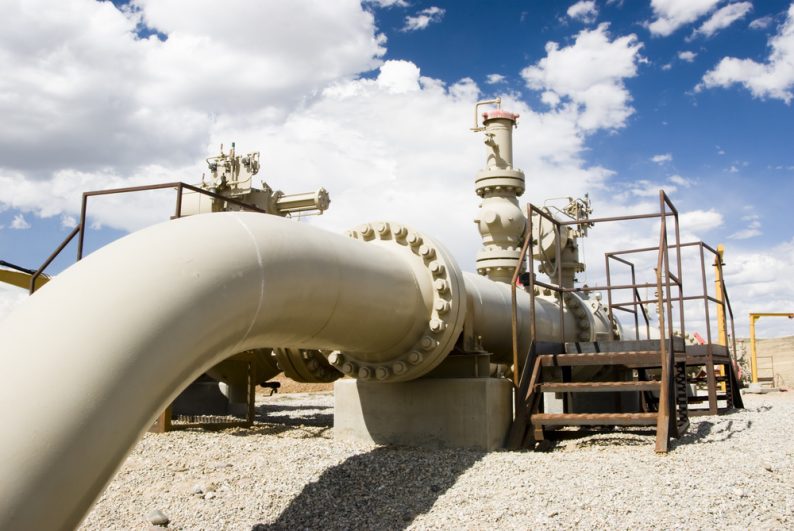It should be easier to get an insight into futures markets, and so I will start with a recent announcement about the natural gas futures market.
On the New York Mercantile Exchange, natural gas for delivery in November hit an intraday low of $2.410 per million British thermal units (Btu), before ending the day at $2.430, down 2.3 cents, or 0.94%.
That statement is what I call special! I have published and lectured in many countries on oil ‘futures’ (= oil futures markets), where the amounts being bought (going long) and sold (going short) were barrels. My first lectures on this subject though were on copper, where the buying and selling was also in physical units. But here the trading is in HEATING UNITS (or millions of Btu of natural gas). If that is too rich for your blood, as it once was for me, let me suggest that you examine the appendix to this contribution, or better, a short and non-technical discussion in my book ENERGY AND ECONOMIC THEORY involving two young finance geniuses called Millicent and Condi, who are going long in oil futures after unexpectedly receiving some very special private information – the kind of information that enables people to become rich.
In any event, futures trading is centuries old. John Cary has described the “disposal” of brandy on the Amsterdam market in 1695 via a scheme that did not require the commodity to be delivered, while it is said that during the Middle Ages techniques were developed in Japan designed to guarantee the forward delivery of silk at previously agreed on prices. Although such conveniences as clearing houses for the settlement of contracts do not seem to have been a part of the Japanese experience, it is very possible that the mechanics of these transactions were akin to those employed on modern futures exchanges.

(OBSERVE: A clearinghouse is a ‘non-profit’ entity affiliated with a futures or options exchange. It monitors/supervises clerical activities associated with buying and selling, paying particular attention to transactions that have to do with the offsetting (i.e. reversing)of ‘open’ futures positions, since these ‘close out’ those positions. If necessary, the clearinghouse makes sure that the commodity in question is delivered to or shipped from the official delivery point, and if contracts are settled by cash instead of delivery, it might do some of the necessary accounting.)
Futures markets operate as follows. Against a background of speculators ‘betting’ on the direction and size of commodity price movements by buying and selling futures contracts, an impersonal agency can be created which permits producers, consumers, inventory holders and various traders in physical products to reduce (i.e. hedge) undesired price risk. This process will be described below.
The success of a futures market is dependent on the satisfaction of a number of well-defined criteria. Among the most important are that the commodity in question can be traded in bulk, is susceptible to grading, is relatively imperishable, attracts a lot of attention from market actors, and almost as important as the last item, the physical commodity is bought and sold in circumstances that cause its price to fluctuate in a random or non-systematic manner. Without this latter provision, speculators are unlikely to be attracted to the commodity, and without considerable speculation (i.e. the provision of liquidity), futures markets will not function properly. This observation deserves repeating: without considerable speculation (i.e. the provision of liquidity), futures markets will not function properly.Put another way, transactors in a physical commodity (e.g. buyers and sellers of physical crude oil and natural gas) can employ futures markets to reduce price risk only if other traders and/or speculators are willing to accept this risk.









Leave A Comment